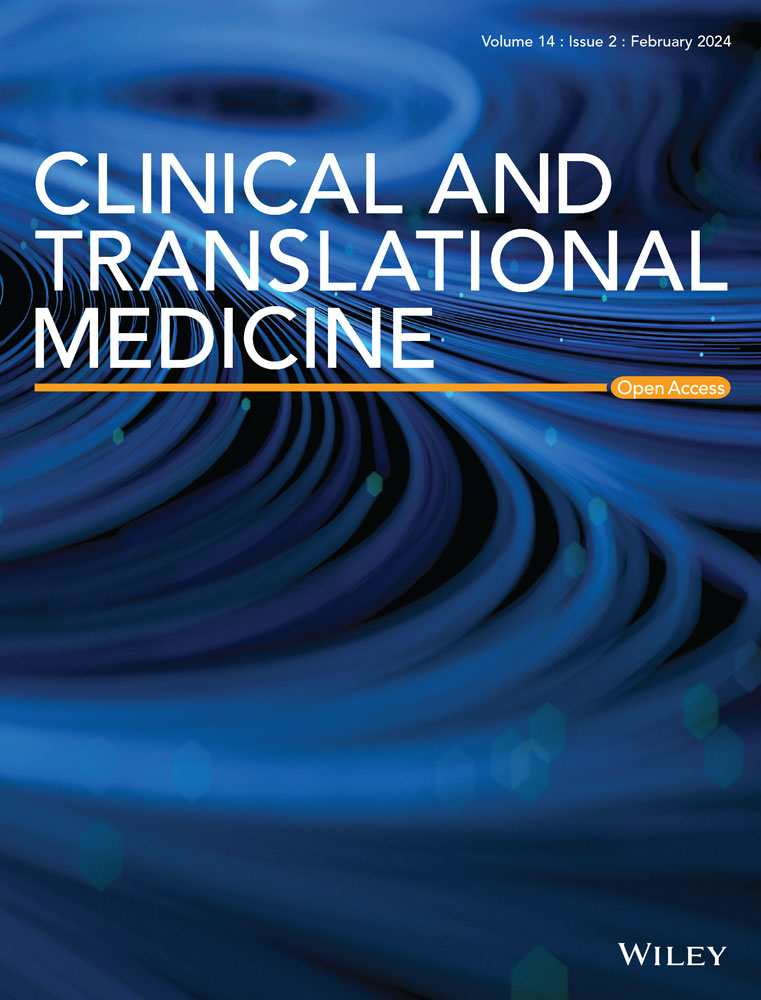Enhanced human adipose-derived stem cells with VEGFA and bFGF mRNA promote stable vascular regeneration and improve cardiac function following myocardial infarction
Abstract
Mesenchymal stem cell therapy involves the secretion of various factors to regulate the local microenvironment in various of diseases. This therapy offers hope for treating acute myocardial infarction (MI), which poses a serious threat to human health. However, challenges such as low paracrine efficiency and poor cell survival persist due to the harsh post-infarction conditions, such as hypoxia. Recently, enhanced cell therapy, in which vascular endothelial growth factor A (VEGFA) and basic fibroblast growth factor (bFGF) are used as therapeutic agents to limit myocardial injury and simultaneously induce neovascularisation, has been recognised as a promising new strategy to improve the efficacy of cell therapy. Chemically synthetic modified messenger RNA (modRNA), a novel protein expression technology, enables safe, rapid, efficient and pulsatile expression of target proteins in vivo and in vitro settings. It has been widely applied in the fields of vaccine research and tissue regeneration. In this study, human adipose-derived stem cells (hADSCs) were transfected with VEGFA and bFGF modRNA to transiently overexpress these proteins before transplantation. This modification enhanced the paracrine effect of transplanted hADSCs and promoted stability in the vascular network at the transplantation site. Overexpression of VEGFA and bFGF in hADSCs not only inhibited apoptosis but also reduced ventricular remodelling and improved cardiac function and left ventricular conduction. Overall, the additive effects of VEGFA modRNA, bFGF modRNA and hADSCs hold promise for comprehensive cardiac repair post-MI and show substantial potential for treating ischemic heart diseases.
Key points
- ModRNAs-transfected hADSCs exhibit pulsed and transient expression, enabling efficient production of functional VEGFA and bFGF proteins.
- Intracardiac injection of these engineered hADSCs leads to the enhancement of cardiac function and the improvement of electrical conduction.
- The hADSCsdual mainly exerts its effect on myocardial infarction by promoting stable vascular regeneration and suppressing cell apoptosis.


 求助内容:
求助内容: 应助结果提醒方式:
应助结果提醒方式:


